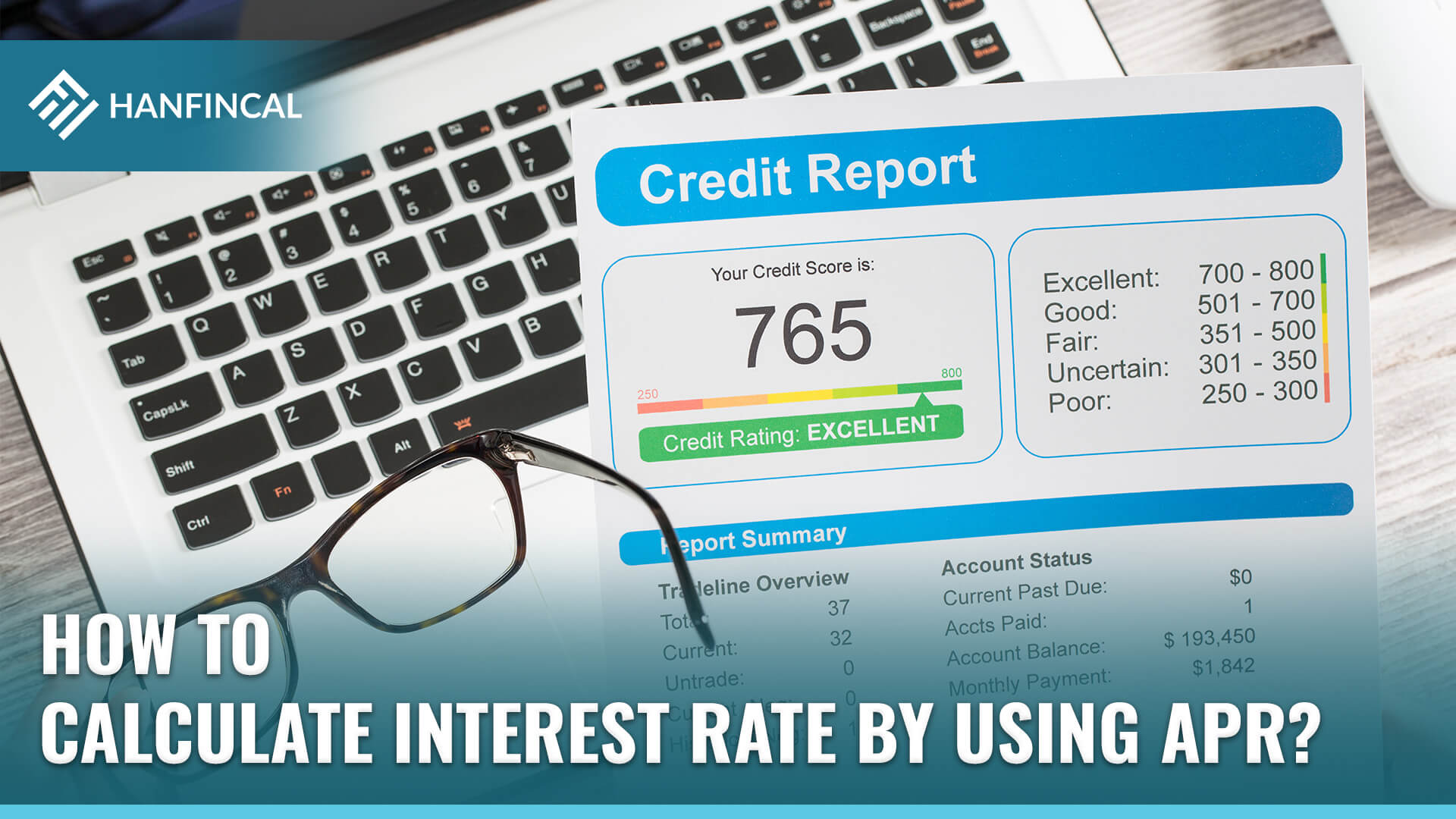You may have seen the term APR once while using a credit card. What is APR on a credit card? What does APR mean on a credit card? Read the article from Hanfincal to find out more.
1. What is an APR on a credit card?
An APR (annual percentage rate) on a credit card is the yearly interest rate charged on a credit card balance. You can avoid paying interest on purchases on most cards if you pay your balance in full each month by the due date.
2. What is the difference between Fixed APR and Variable APR?
- Fixed APR and variable APR are the two types of APR. The difference between these two could have a significant impact on how you pay interest on a loan.
- Fixed interest rate: A fixed interest rate is one that stays the same for the duration of a credit card or loan balance. Changes in the prime index or inflation will not affect fixed rates.
- Variable interest rate: It is a type of APR that fluctuates based on current indexes. The frequency of these events may vary depending on current economic conditions and the policies of your credit issuer.
3. How does APR work?
Credit card companies usually provide a grace period for new purchases. You will pay only the amount you owe with no interest if you only make purchases and pay off your ending balance by the due date each month. If you have a balance on your card, the agreed-upon interest is added to it at the end of each billing period.
4. What is the difference between APR and interest rate on a credit card?
It’s common for people to confuse interest rate and APR, but they’re actually two different types of rates.
What is interest rate on credit card? The percentage charged on the principal loan amount is your interest rate. If you have a credit card, the loan amount is your card balance.
The main difference between APR and interest rate on a credit card is that APR is the broader measure of the cost of borrowing money than the interest rate. It includes the interest rate and any additional costs such as closing costs, lender fees, and insurance.
5. How to calculate interest rate by using APR
5.1. Where to find your APR
Your credit card APR may be found in several places, including your most recent credit card statement, your card’s terms and conditions, your card issuer’s website, or contacting the credit card issuer directly.
5.2. Calculate interest rate by using APR
The formula for calculating the interest rate by using APR varies by bank, but it usually goes like this: Let’s say your card’s APR is 17%, and you have a $2,000 average daily balance over a 25-day billing cycle.
Divide the APR by 365 days to get your daily rate. Your Daily Period Rate is 0.0466% (17% divided by 365).
Multiply the daily period rate by the days in the billing cycle and the balance. The monthly interest charge calculation would look like this: (0.0466%) x (25) x ($2,000) = $23.30 of interest charges for the month.

How to calculate interest rate by using APR
6. Different types of APR in different transaction
The purchase APR is what most people are familiar with. However, you should be aware of these 4 types of APR.
6.1. Introductory APR
A promotional interest rate for a limited time that is lower than the card’s regular APR, sometimes as low as 0%. It can apply to both purchases and balance transfers. When the introductory period ends, the regular APR will apply to your balance. Click here for more information.
6.2. Cash Advance APR
This rate is typically higher than your purchase APR and does not have a grace period. It’s also applied to convenience checks.
6.3. Purchase APR
This is the interest rate charged on all purchases made with your card, whether they are made online, in person, or over the phone.
6.4. Penalty APR
This rate applies to payments that are late or returned, and it can be as high as 29.99 percent. Before the credit card issuer removes the penalty APR, you need to make several consecutive on-time payments. If your payments are more than 60 days late, the Penalty APR may be applied to your current balance as well.
7. How to get a low APR on a credit card
Here are 2 ways to get a low APR on a credit card:
- The simplest way is building a good credit score. Many credit cards have an APR range such as 13.99 percent to 23.99 percent. People with better credit tend to get the lowest rates, while those with poor credit tend to pay higher rates.
- Another way is to ask for lower interest rate. Securing a lower interest rate may require more than one phone call. If you don’t get a satisfactory response on your first attempt, contact the issuer again. You could try another communication method or request to speak with a supervisor. In any case, a supervisor will be in a better position to grant your request.
After reading Hanfincal article, you can answer the question: What is an APR for credit card? It’s important to understand what APR is and when it might affect you if you have a credit card. Understanding your APR will make it much easier to budget for your monthly credit card payments.
==> Read More:




